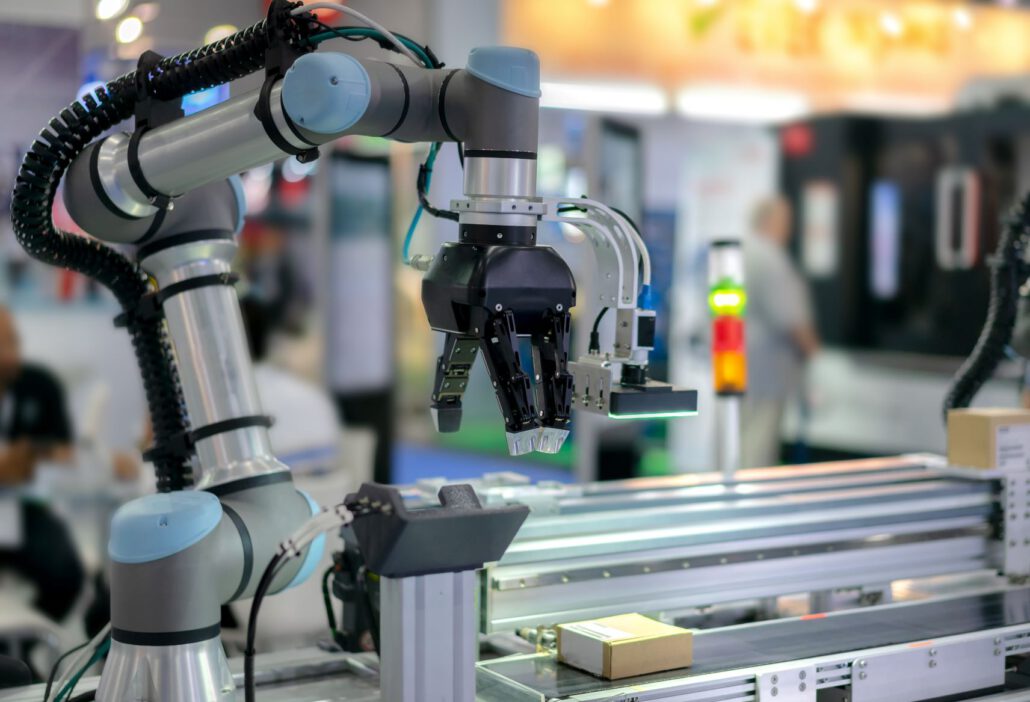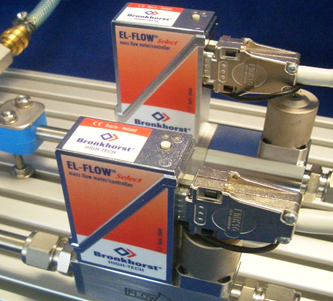MEMS Instrumentation
A need for new instruments
In a world of increasingly networked smart technology, there is a growing market for MEMS instrumentation that can feed information into smart networks from increasingly diverse environments. Such next generation instruments need higher sensitivity and resolution and must offer denser functionality than the bulk sensors that preceded them.
Hardware manufacturers are also under pressure to find solutions for instrumentation that are small, can be produced in volume and at low cost, for integration into ever more compact, more distributed and more robust technology. Finally, to enable more responsive instruments, next generation devices need not only new hardware innovation, but inbuilt intelligence.
MEMS for instrument performance
The use of MEMS devices in sensing radically improves device performance. MEMS devices integrate broad functionality on-chip for faster analysis, better insights and greater sensitivity.
MEMS devices also enable new applications by addressing physical properties on a scale that is not possible with classical instruments, for example by using ultra thin membranes, thermal diffusion and laminar flows.
Integration of previously distinct domains, from fluidics, optics and electronics as well as capability in the RF domain, enables a new generation of sensing technology with enhanced features. For example, lab-on-a-chip technology combines fluidic handling and optical functionality with readout electronics to automate reagents handling and monitoring in real-time.
MEMS for more intelligent instruments
MEMS-based sensors can be integrated with separate micro electronics to create more intelligent yet compact devices. Such sensors pre-process data at the sensor site. This removes the need for centralized processing, enabling a reduction in size, power consumption and signal processing times.
MEMS are also driving sensing performance with chips that incorporate large numbers of sensing elements. The first such example are MEMS sensing arrays. Here MEMS actuators arranged in an array enhance sensitivity and/or add extra sensing dimensions (such as a time-base or directionality). The second example is in parallel analysis for high-throughput screening techniques and combinatorial chemistry. This technique miniaturizes fluidic handling for consistency and speed that would not be possible otherwise.
MEMS for improved handling and robustness
The bulk fabrication steps used to produce MEMS yield integrated devices that are orders of magnitude smaller and far more robust than devices made of assembled parts.
This makes for sensors that can be parallelized for greater throughput or used for in-vitro medical sensing. At the same time, MEMS sensors benefit from increases in robustness, power consumption, reduced reliance on chemical reagents and the opening up of new physics. And finally, with hermetic packaging MEMS devices can be made chemically inert.
MEMS for compact and cost effective instruments
MEMS sensors and MEMS instrumentation can be produced in large volumes with very good reproducibility and low unit cost, because they are produced in batches. This is because of the precision and scalability of the microfabrication processes used in the MEMS production.
MEMS instrumentation sectors
MEMS components are used in a huge range of industrial applications including:
- Process industry
- Measurement & control systems
- Industrial sensors
- Scientific instruments
- OEMs
- Food and beverage
- Oil and gas
- Agriculture and aquaculture
MEMS sensors and instrumentation at LioniX International
Our process
We work with OEM customers across a broad range of sectors in the sensing and instrumentation market. We aim to develop a close partnerships with you as a customer to understand your usage specification. Our role is to apply a flexible or fully custom mems processes and to provide the extensive range of capabilities (link) to meet almost any demand. In addition we can call on allied capabilities in photonics, fluidics and packaging to create high value-added solutions.
Right: A flow sensor instrument based on MEMS sensor manufactured at LioniX International


